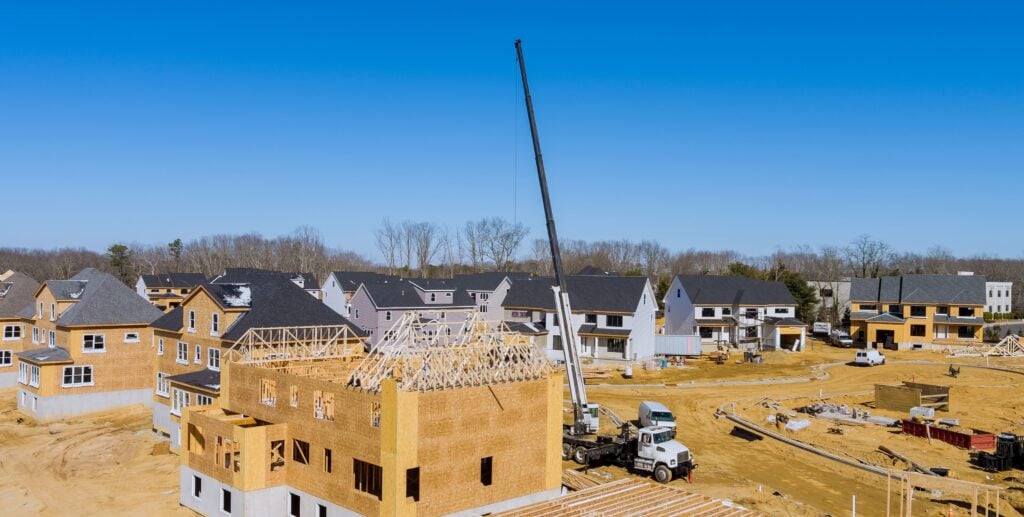Title: Q1 Analysis Unveils Builder Confidence Insights: A Comprehensive Overview
As the housing market continues to navigate through economic shifts and consumer demand changes, builder confidence stands as a key indicator of the construction industry’s health and future outlook. The first quarter (Q1) of the year provides vital data that enables stakeholders to assess market conditions and predict trends. This article delves into the insights and implications drawn from the Q1 analysis of builder confidence, shedding light on what these findings mean for the future of the construction industry.
Understanding Builder Confidence
Builder confidence is a metric that reflects the sentiment of homebuilders about current and future market conditions. It is typically measured through various indices and surveys, such as the National Association of Home Builders/Wells Fargo Housing Market Index (HMI) in the United States, which assesses perceptions on current single-family home sales, sales expectations for the next six months, and prospective buyer traffic.
Q1 Insights: A Snapshot
The Q1 analysis of 2023 has unveiled several noteworthy insights regarding builder confidence:
Resilient Optimism Amidst Economic Uncertainty: Despite economic challenges, such as fluctuating interest rates and supply chain disruptions, builder confidence has shown resilience. The data indicates that builders remain optimistic about future market conditions, driven by ongoing demand for housing and adaptive strategies to mitigate supply constraints.
Regional Variations in Confidence Levels: There are marked regional differences in builder confidence, with certain areas experiencing stronger confidence levels due to local economic growth and housing demand. For instance, regions with a surge in job opportunities or infrastructure projects have seen a higher builder confidence index.
Impact of Government Policies: Government initiatives aimed at boosting the housing sector, such as incentives for first-time homebuyers or construction subsidies, have played a crucial role in sustaining builder confidence. These policies have helped offset some negative impacts of economic uncertainties.
Shift Towards Sustainable Building Practices: An increasing number of builders are focusing on sustainability, integrating eco-friendly materials and energy-efficient practices. This shift is partially driven by consumer demand for greener homes and regulatory pressures, reflecting a broader trend towards sustainability in the construction sector.
Technology and Innovation as Key Drivers: Advancements in construction technology, such as modular building techniques and digital project management tools, have empowered builders to enhance efficiency and reduce costs. These innovations are crucial components contributing to the positive sentiment within the industry.
Implications for Stakeholders
The Q1 analysis of builder confidence carries several implications for various stakeholders in the housing market:
Homebuyers and Investors: For prospective homebuyers and real estate investors, builder confidence signals market trends and potential opportunities. A confident builder sentiment often correlates with a healthy housing market, presenting favorable conditions for purchase and investment.
Policymakers: For policymakers, the analysis underscores the importance of supportive policies that sustain builder confidence, suggesting that continued focus on housing affordability and supply chain stabilization is vital.
Construction Industry Professionals: Builders, contractors, and suppliers can use these insights to strategize effectively, optimizing resource utilization, and adopting innovative practices that align with current market conditions and consumer preferences.
Conclusion
The Q1 analysis provides a detailed picture of builder confidence, reaffirming that despite challenges, the construction industry remains poised for growth and innovation. By understanding these insights and their broader implications, stakeholders can better navigate the dynamic landscape of the housing market, paving the way for a resilient and sustainable future. As we move further into the year, continued monitoring of builder confidence will be essential in anticipating shifts and preparing for upcoming opportunities in the construction sector.

